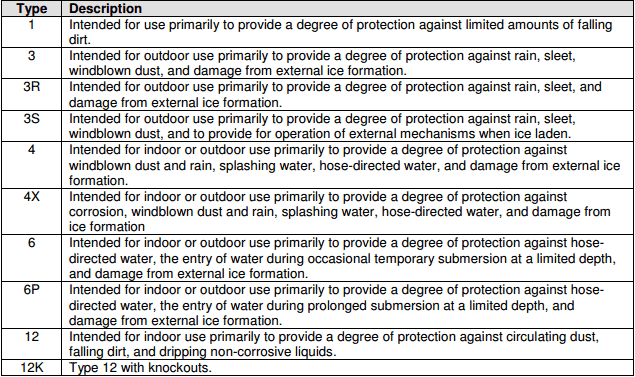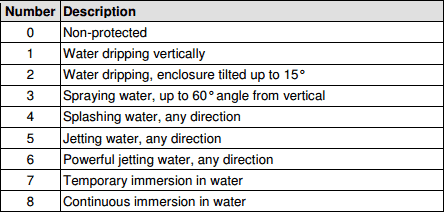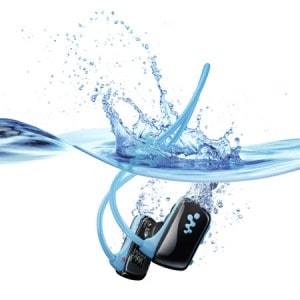How many times have you looked at the specifications of your sports-based earbuds (or other consumer electronics) and wondered what waterproof and sweat resistant meant? And what about that number rating? Get excited! I’m going to break it down so you can understand exactly what you’re shopping for this holiday season. This is what is IP67, IP68 rating explained.
What is IP67, IP68 Rating Explained
First off, you should know there are two different types of ratings most commonly found in the U.S. NEMA is the National Electrical Manufacturers Association. Their rating system is called the NEMA Standards Publication 250 and is our national standard. The international standard is IEC, International Electrotechnical Commission. Their Ingress Protection Standard (IP) 60529 is what you’ve seen on internationally-made headphones. NEMA ratings are signified primarily by one digit, as indicated in the table below.
Degree of protection for non-hazardous enclosures
Degree of protection for hazardous enclosures
I’d definitely say I see more IEC ratings by way of such a large number of international headphone makers. This system is marked by the letters IP followed by two digits. The first digit represents the degree of protection the enclosures provide against hazardous materials and particles. This can include a large surface of the body, tools, thick wires, screws, dust, etc.
Please note the rating of X, may be misinterpreted as no protection at all. This is actually represented by a zero. X means there is no data available to specify a protection rating with regard to one of the criteria.
The second digit is the degree of protection against water. This ranges from 0 to 9K. Most commonly I see 3 through 7 (sometimes 8) on products.
Protection Against Access to Hazardous Parts (First Digit)

Protection Against Entry of Solid Foreign Objects (First Digit)

Protection Against Entry of Liquids (Second Digit)

When both digits are combined you see something to the effect of IPX7. This would mean based on the IEC’s Ingress IP rating, your earbuds can be safely immersed in water up to 1 meter in depth for 30 minutes. Dropping-your-cell-in-the-toilet approved! However, do note there is no grade regarding hazardous particles and surfaces. By NEMA’s standards, this type of exposure to water would be indicated with a rating of 6 or 6P.
So, what is IP67, IP68 rating? It means this object’s enclosures are dust tight (dust resistant). Now, the second digit (7 or 8) refers to how tight these enclosures are against water. IP67 can withstand temporary immersion in water of up to 1 meter for about 30 minutes. IP68 can withstand immersion in water deeper than 1 meter. Andboth of these objects are dust resistant.
When it comes to water proof versus sweat resistance, manufacturers are referring to waterproof as complete immersion in water (usually IP second digit of 7) meaning 1 meter depth for 30 minutes. This is most important for those looking for swim-safe headphones. Sweat resistance refers to IP second digit 3 through 6, ranging from dripping water to splashing water.
Graphics courtesy of Canary Systems.
Compare the ranking of various headphones, earbuds and in-ear monitors using our tools.
Discuss this, and much more, over on our forum.
---MAJORHIFI may receive commissions from retail offers.















